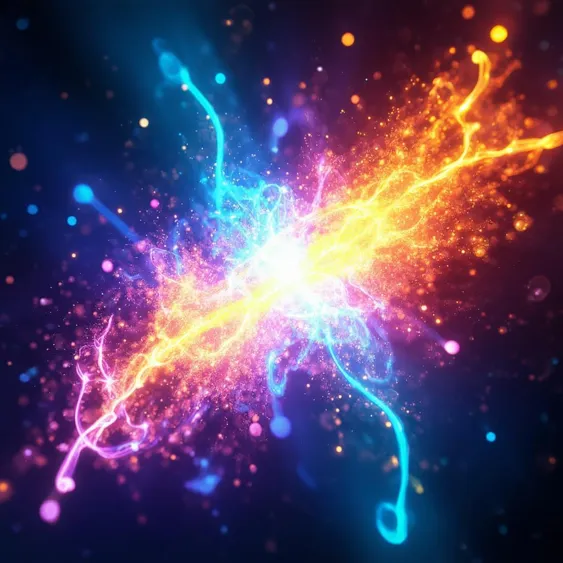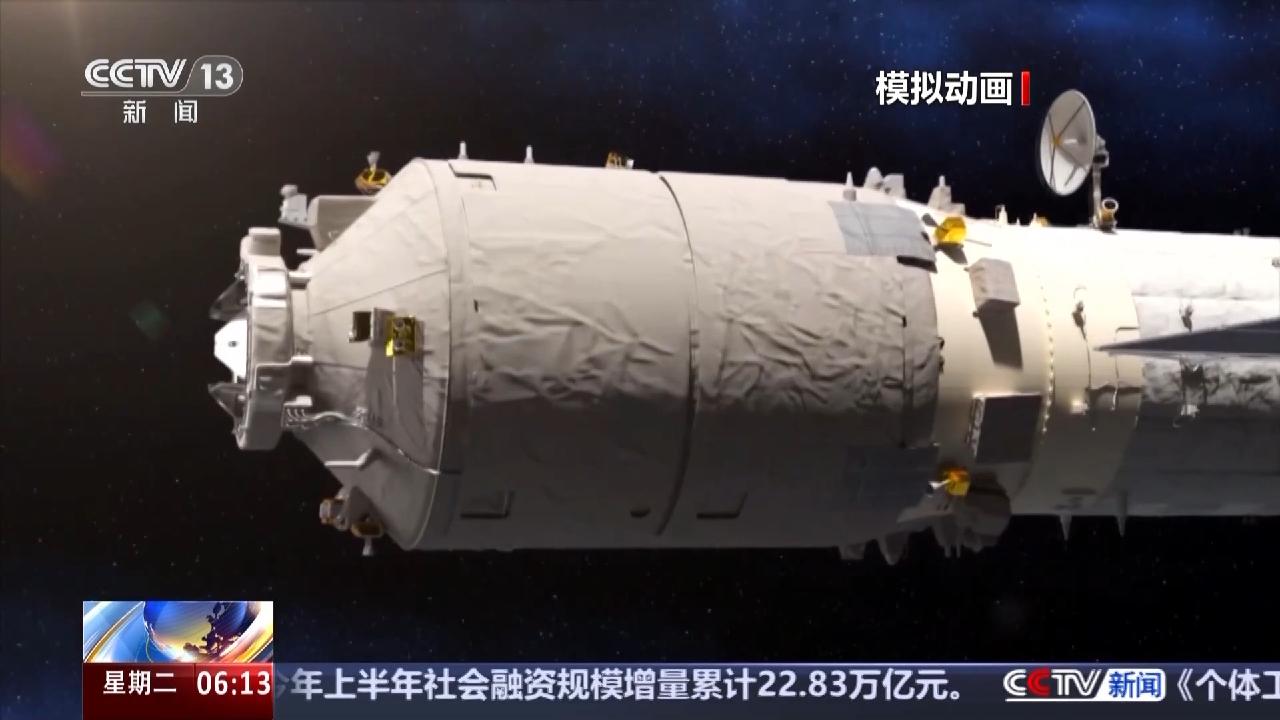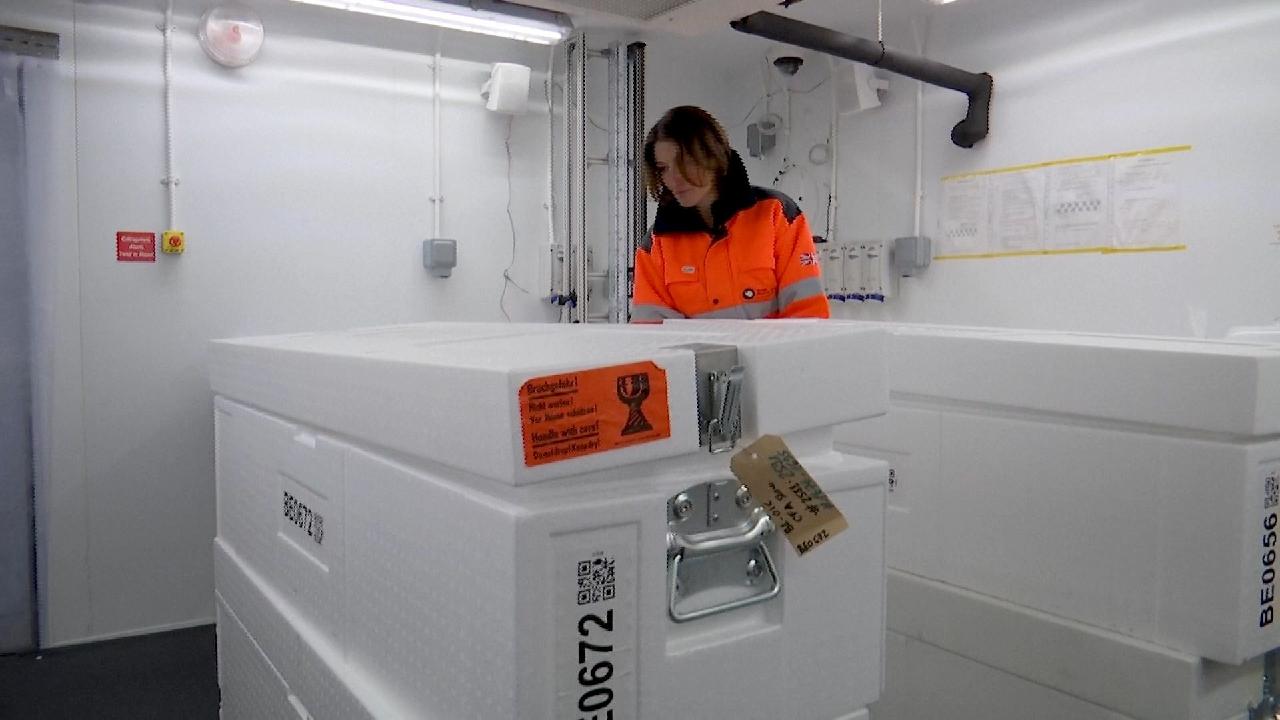New Experiments Question Einstein's Light Duality Theory

The recent findings from a team of physicists at MIT offer a significant milestone in our understanding of quantum mechanics, specifically regarding the dual nature of light. This research not only reignites a century-old debate originally presented by Einstein, but it also emphasizes the challenges inherent in interpreting the quantum world. As scientists and enthusiasts alike continue to delve into quantum theory, unraveling the mysteries of light's wave-particle duality becomes more than an academic pursuit; it is pivotal in shaping technologies that could redefine our future.
At the heart of this debate lies the duality of light, echoing the famous double-slit experiment that has perplexed minds since its inception. Einstein had theorized that it was possible to observe both particle and wave characteristics of light simultaneously. However, Niels Bohr countered with his uncertainty principle, claiming that knowing the photon’s path eliminates its wave-like behavior. The MIT experiment, led by Professor Wolfgang Ketterle, ingeniously used a lattice of ultra-cold atoms as the mechanism for capturing light's behavior. By utilizing individual atoms as tiny slits, the researchers were able to observe a clear distinction between the properties of light, illustrating that acquiring information about one aspect (the particle nature) directly weakened evidence of the other (the wave nature). This aligns with Bohr’s perspective and provides empirical support for interpretations of quantum mechanics that have held sway in the scientific community for decades.
The implications of this research are vast, connecting theoretical concepts with practical applications in quantum technology, which is set to revolutionize computing, encryption, and beyond. As we celebrate 2025 as the International Year of Quantum Science and Technology, this breakthrough serves as a reminder of how no singular interpretation of quantum mechanics can remain unchallenged. With each new experiment, we refine our understanding, illustrating the complex interplay of theoretical and practical physics. Could this groundbreaking research hint at new technologies that leverage the principles of quantum mechanics in ways we have yet to imagine?
Read These Next

Inside the space package new spacesuits and fitness gear revealed
Tianzhou-9 cargo spacecraft delivers supplies, upgraded suits, and exercise devices, showcasing China's advancements in space logistics.

Fujitsu Targets 10,000 Qubit Quantum Computer by 2030
Fujitsu's ambitious plan to develop a 10,000 qubit superconducting quantum computer by 2030 marks a significant advancement in quantum computing technology, reflecting broader trends in the tech industry towards more powerful and practical quantum solutions.

British Researchers Explore Climate Secrets in Antarctic Ice
The British Antarctic Survey partners with experts from 10 European countries to study ice cores from 1.2 to 1.5 million years ago.
